Category: Food
-
Indian Night set for Alexandra Park
•
Continuing with its international cuisine theme on race nights, Auckland’s Alexandra Park is hosting Indian Night on 24 March. “We’re slowly getting around the globe with the different evenings proving really popular. Tickets are also selling well for our Indian Night but we’ve still got availability,†says Joel Reichardt, Sales…
-
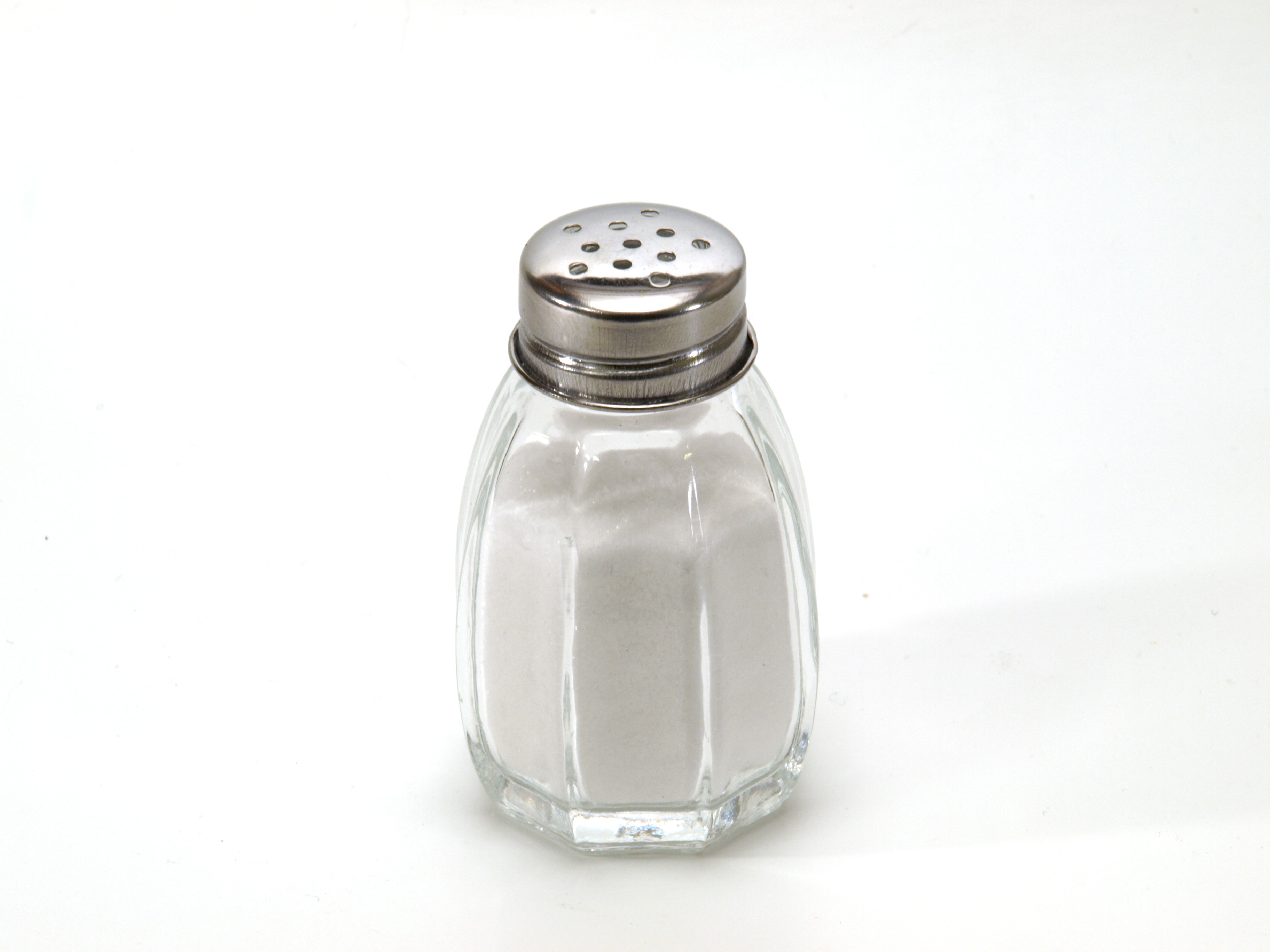
Watch your salt
•
Too much salt in daily food can lead to high blood pressure which increases the risk of stroke, says a nutrition expert. A high salt intake is also a risk factor for heart disease, kidney disease, and stomach cancer, and may also be a contributor to osteoporosis, warns nutritionist Nivedita…
-

Five guaranteed ways to lower cholesterol
•
How to lower cholesterol is one of the major concerns for Indians living abroad, especially those keen to lose weight. In fact, high cholesterol is one of the common health issues for NRIs and Indians worldwide. The problem is also common among Americans. According to a media release by Proctor…
-

Growing obesity pushing up diabetes in India
•
Healthcare companies love India. It is the second diabetes capital of the world after China, with the treatment market growing at a double-digit year-on-year growth rate, presenting both domestic and Multinational Companies (MNCs) with promising opportunities, states a new report by healthcare experts GBI Research. India’s 2011 diabetic population was…
-
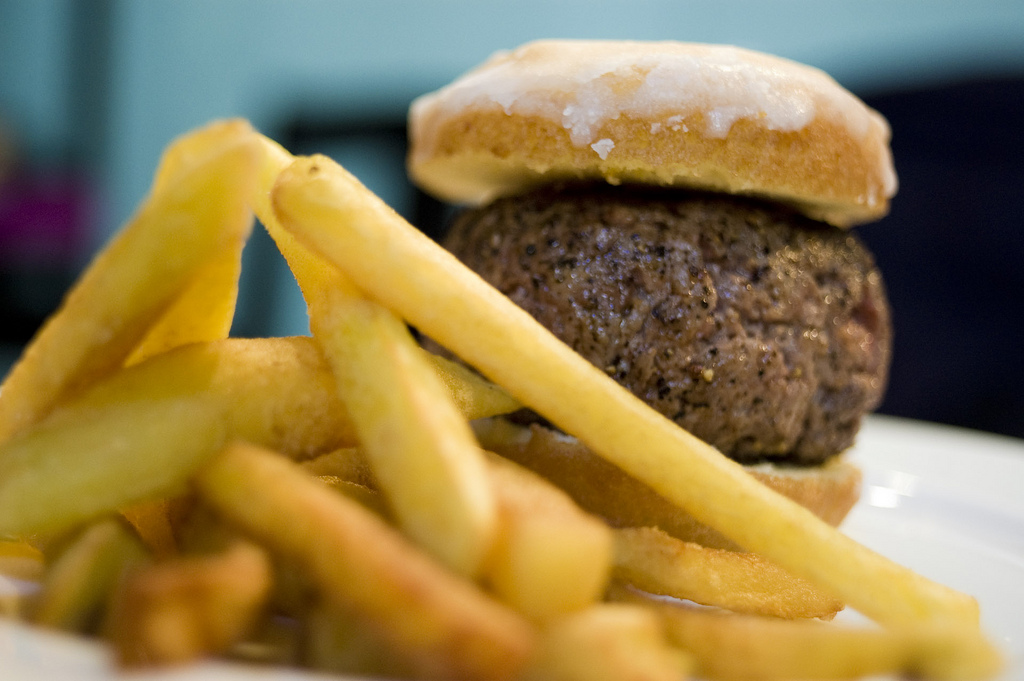
How to stay healthy with busy lifestyle
•
Too busy to work out? Too stressed to eat healthy? You can’t use those excuses any more to explain your poor health, bad eating habits and low energy levels. Let’s face it, if you are over-weight or even under-nourished, you will have less energy to deal with the hectic schedule…
-

Miracle Indian foods for weight loss
•
Looking for Indian foods for weight loss? Here’s a list of 9 Indian foods for weight loss that will help you burn unwanted fat and get in shape for summer.  These tips are based on Ayurveda which contains  knowledge of Indian foods for weight loss based on ancient Indian practices.…
-
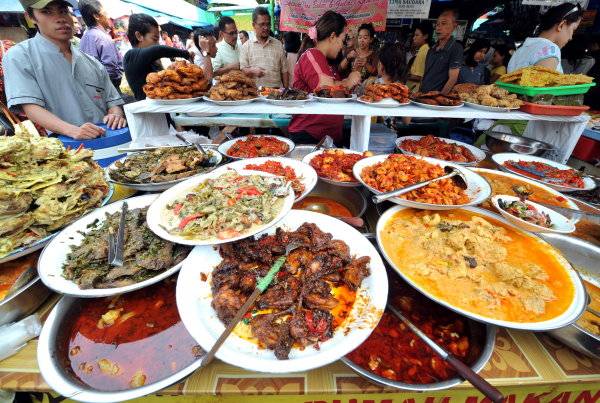
Ramadan – a month of fast and feast
•
Today marks the beginning of the holy month of Ramadan – the beginning of fasting for millions of Muslims around the world. The Quran was revealed to the Prophet Mohammed during this ninth month of the Islamic calendar. Its a month of introspection, a month to practice humility and in multi-cultural…
-
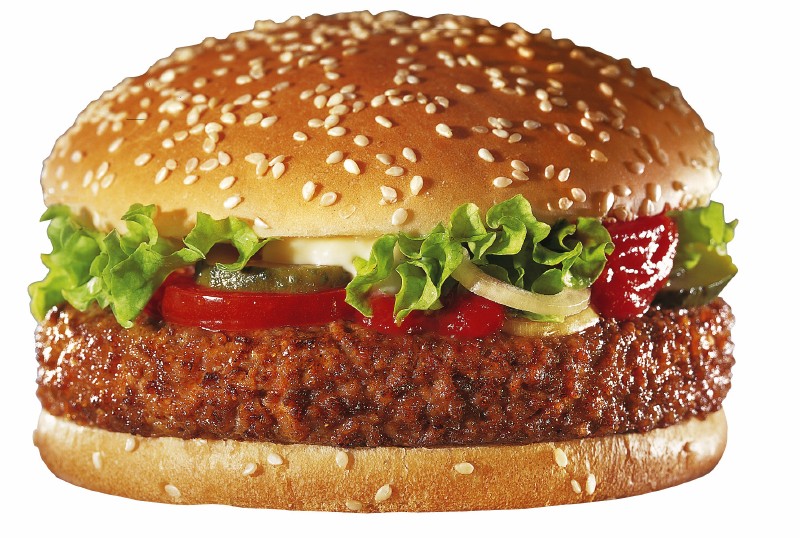
Why is junk food bad for you
•
The success of junk food business has drawn a lot of attention to the industry and the food itself. Many denounce junk food due to its ill effect on consumers and the health of the world. Not only is junk food confirmed to be bad for the physical condition owing…
-
Sonu Nigam: The lord of cords
•
Well, the king of cord, Sonu Nigam demanded no such attention and yet my heart and soul played to each note he sang.
-

Recipe: Stir fried cabbage
•
Cabbage is often an underestimated vegetables. “People are surprised at how tasty the humble cabbage can be when prepared properly with the right mix of spices,” says Auckland-based Malaysian chef Yougeswari Subramaniam. Here, she shares her easy-to-prepare recipe for home cooks looking to make the most of a traditionally unsung vegetable. Ingredients…
-
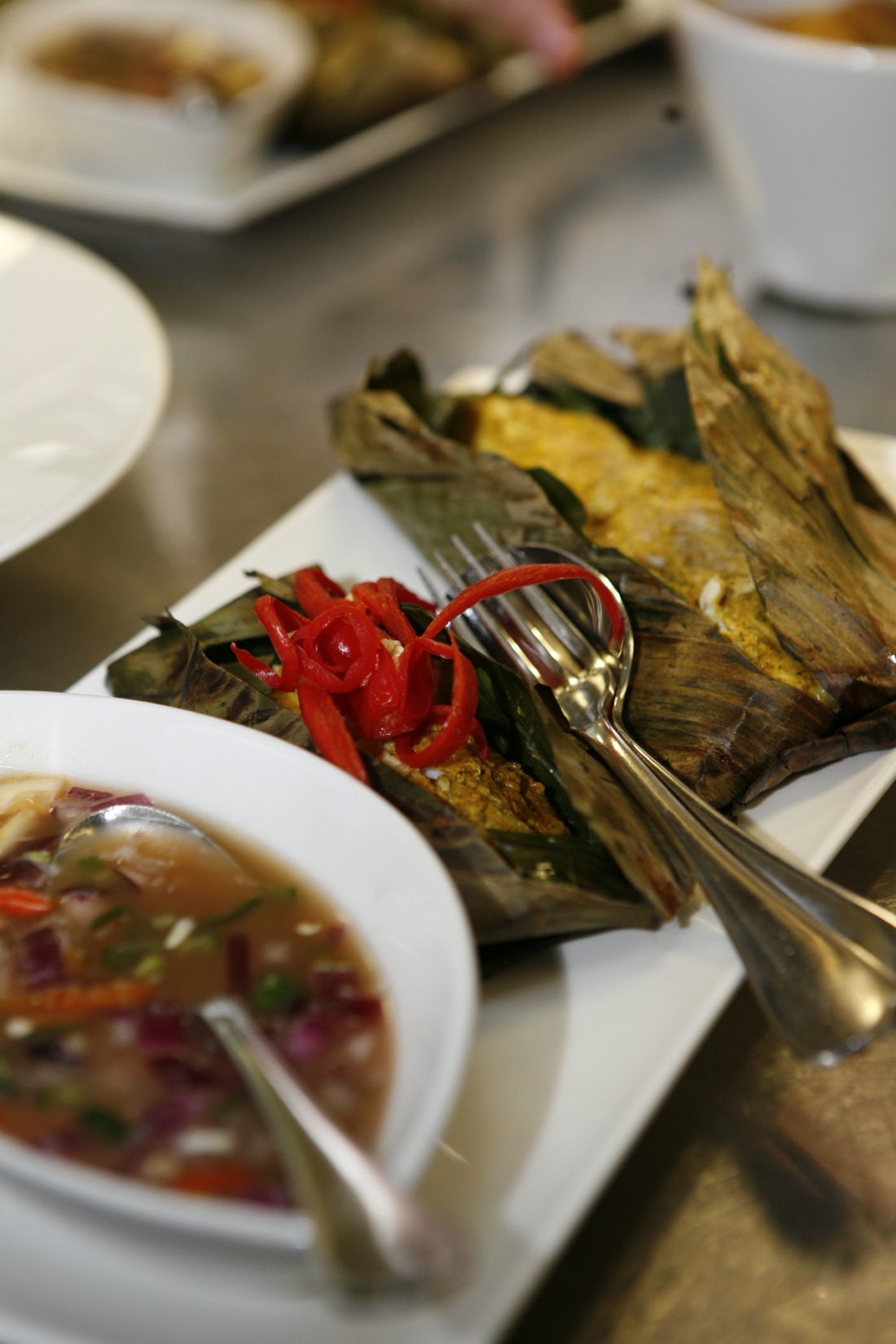
Going bananas with Malaysian cooking
•
If you thought banana plant was good for its fruit alone, think again. Banana leaves are extensively used in Indian and Asian cooking for a variety purposes – from decorative to culinary. Native to South India, Malaysia and many other parts of Southeast Asia, the banana plant provides rich flavour…
-
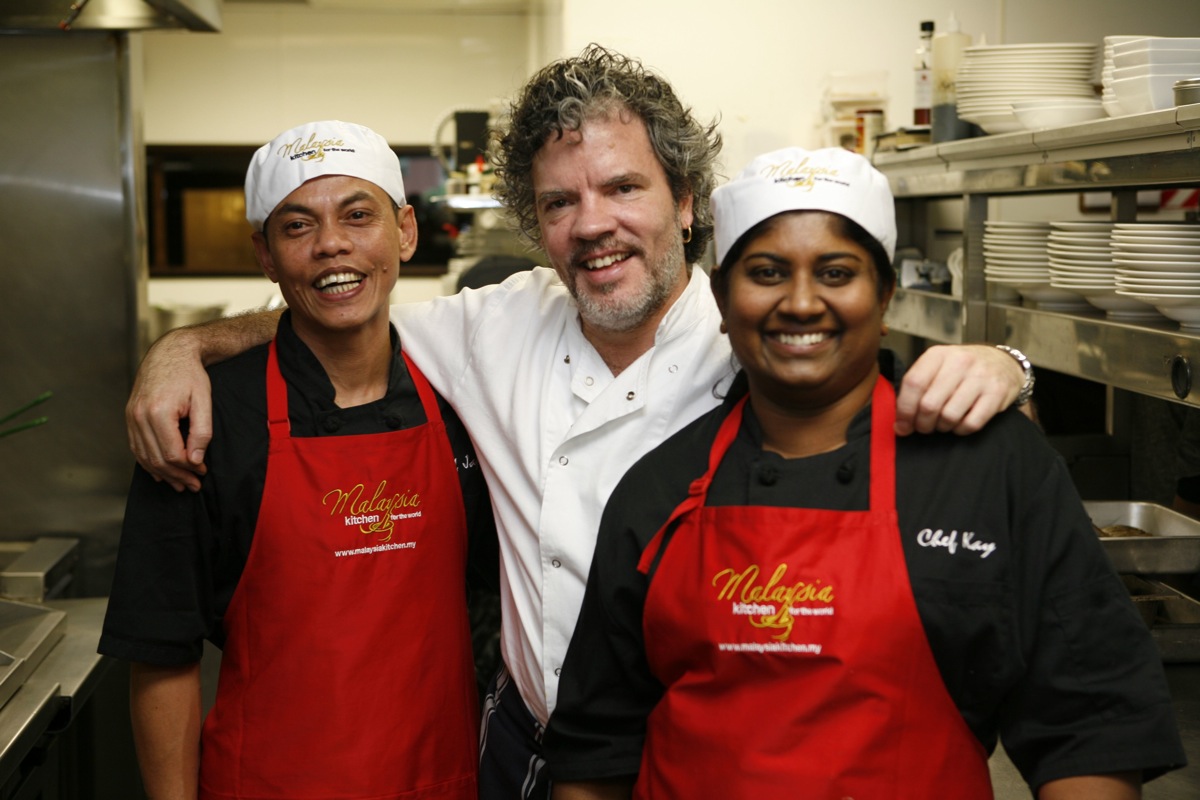
Peter Gordon prepares Malaysian fusion
•
New Zealand’s celebrity chef Peter Gordon was seen preparing a fusion of crayfish and smoked coconut laksa for entree and roast Cambridge duck with kumara dumplings for main at dine by Peter Gordon at SkyCity in Auckland. This was part of the launch of May-laysia, a month-long celebration of Malaysian…
-
Australians try the curry route to Indians’ hearts
•
Following racist attacks on Indians in Australia, many community initiatives are shaping up to encourage racial harmony. One such effort is by a community group in Melbourne called Uniting Church, which has started monthly meetings between Indian students and the mainstream Australian community. The meetings attempt to encourage Indian students…
-

Little Indians to donate to earthquake fund
•
Two Indian restaurants are donating a part of their profits to help rebuild Christchurch. One of the businesses affected by the Christchurch earthquake is donating a part of their national sales to the earthquake fund. Little India, a popular Indian chain of restaurants in New Zealand, will donate 6.3 percent…
-
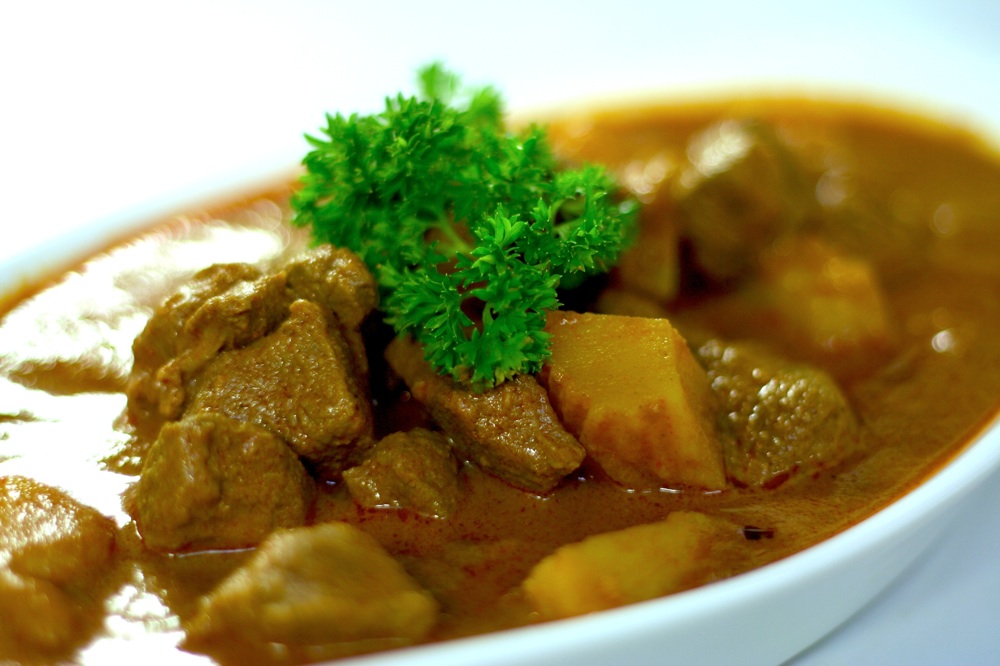
Experience Auckland’s culinary flavour
•
While New Zealand offers plenty of tourist attractions, its ethnic food variety is unmatched, especially in the multi-ethnic city of Auckland. Auckland’s central business district and the neighbouring Parnell and Ponsonby suburbs offer a rich choices for places to dine in, to suit all budgets. For a taste of Malaysian…
-

Filter Coffee – An Inseparable Addiction for South Indians
•
Coffee, as you know, is a universal drink. There may not be any one not familiar with, even if they do not drink it. While there are many varieties for serving coffee, hot or cold; with or without milk or cream; strong or light; the fact remains, after a cup…
